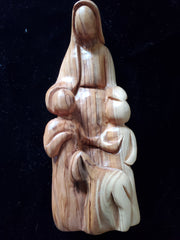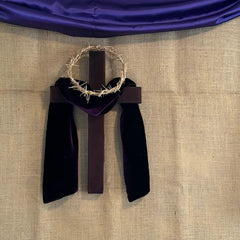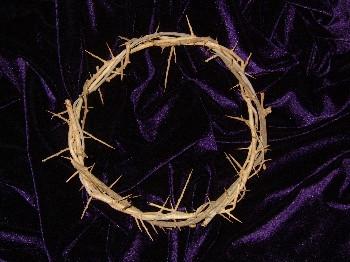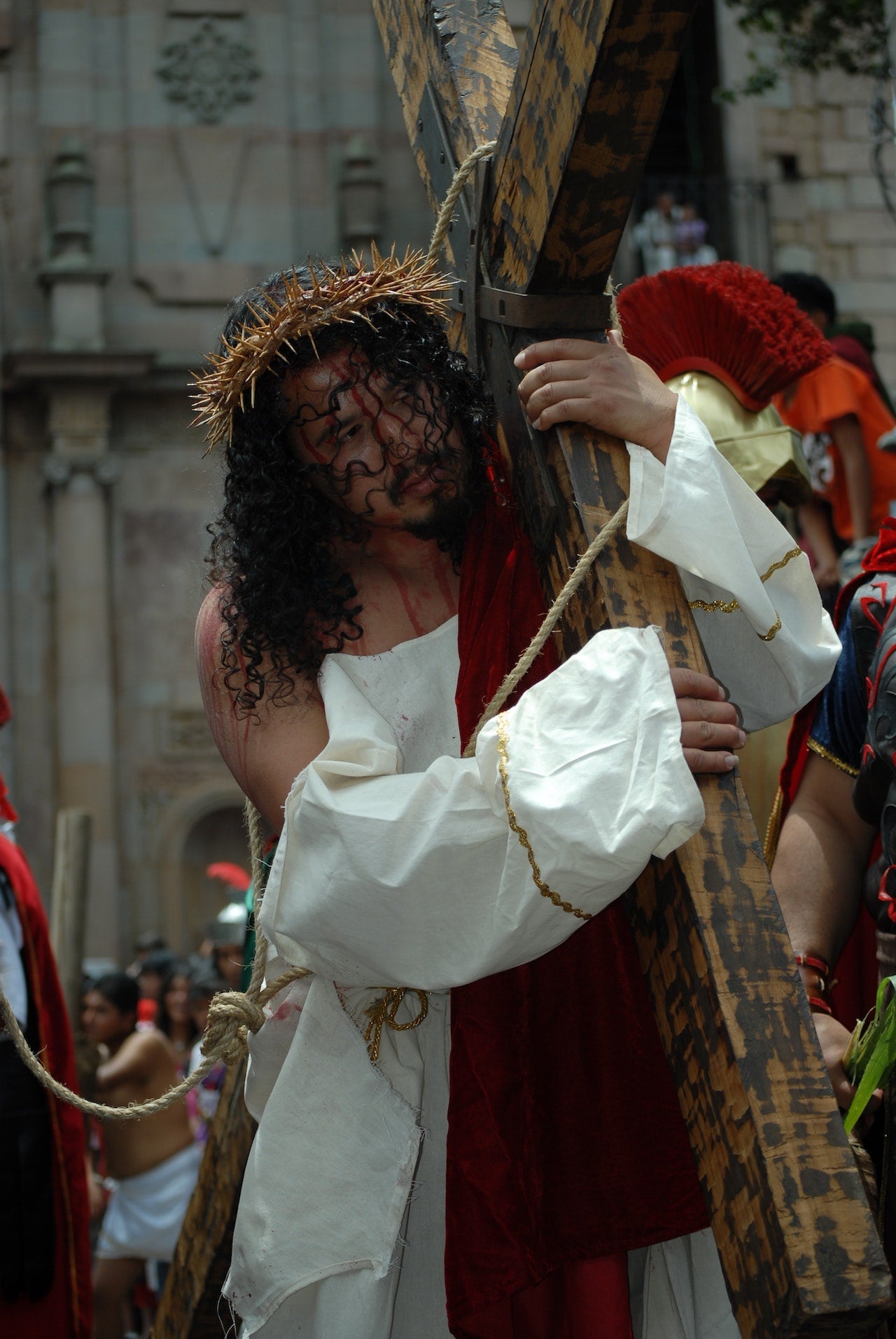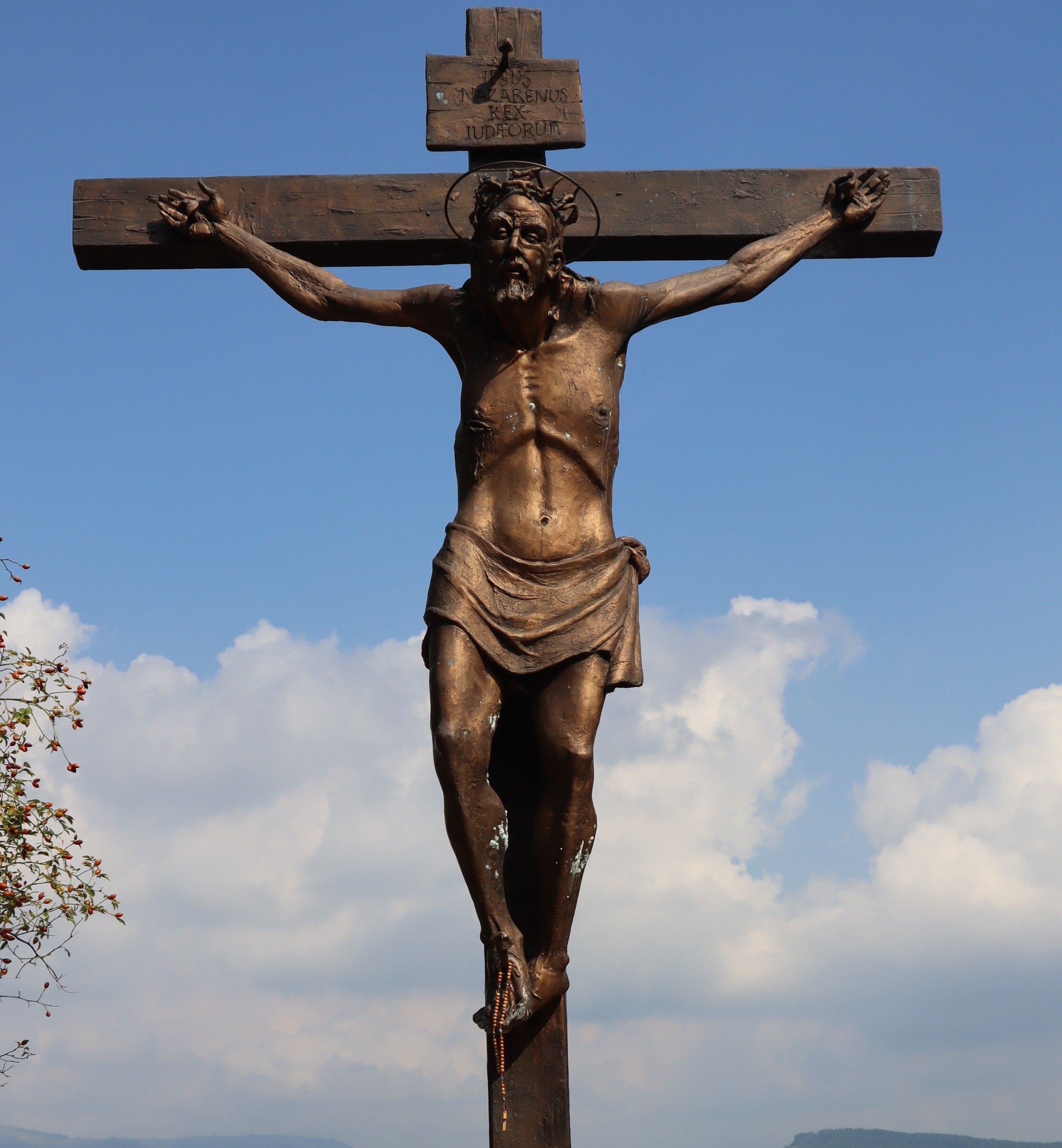
For centuries, the Shroud of Turin has been shrouded in mystery. Believed to be the burial cloth of Jesus Christ, it's a source of wonderment for many Christians and Jews alike. But what is the Shroud of Turin? Is it real? Is there any DNA on it? Can DNA be used to prove its authenticity further? Where is the Shroud located today, and why is it so holy?
Whether or not you believe The Shroud Of Turin is real remains up for debate - but regardless if its authenticity can ever be proven or not - what cannot be disputed is how much reverence it holds across all walks of faith - Christians, Jews and Catholics alike - who revere it as a holy relic, either way, making sure its kept safe behind glass walls at Turin cathedral in Italy while researchers continue their work trying figure out where it came from and why we still revere something so ancient but still so relevant today.
Let's take a look at this mysterious artifact.
What is the Shroud of Turin?
The Shroud of Turin is believed to be the burial cloth that was used to wrap Jesus Christ's body after his crucifixion. It's a 14-foot-long linen cloth with an imprinted image that some have interpreted as Jesus' face. The Shroud contains stains that are believed to be blood from Jesus' wounds, along with nail marks and other markings. It was first discovered in 1389 in France and has been revered ever since.
Is There Any DNA on the Shroud?
DNA testing has been done on the cloth, but no conclusive results have revealed any information about its origins. In 1988, members of a team from Oxford University conducted carbon dating tests on samples taken from the cloth, which indicated that it dated back to somewhere between 1260 and 1390 AD.
This means that scientists believe it was made during medieval times, not during the time when Jesus lived 2,000 years ago. However, this doesn't mean it isn't authentic; experts think that medieval artisans may have created a replica or copy of an older cloth version instead.
Those who believe in its authenticity point to various studies conducted over the years, which they say provide evidence that it dates back much further than medieval times, possibly even as far back as 33AD. making it at least 700 years old but not quite 2 millennia old as some had hoped.
A New Hope on an Old Chapter.
In recent years, new data analysis techniques have been used to study samples taken from the cloth in order to determine if they contain any human DNA or if human hands produced them. As of yet, no conclusions have been drawn regarding these tests either way.
Yes, there have been various attempts to extract DNA from the Shroud in order to identify who it belonged to and verify its age more accurately. Unfortunately, due to contamination over time and various restoration efforts, reliable results have yet to be achieved using traditional testing methods such as PCR (polymerase chain reaction).
Do Descendants of Christ Walk Among Us?
Scientists are now exploring alternative techniques such as qPCR (quantitative polymerase chain reaction), which may yield more accurate results if applied correctly; however, further research is needed before any conclusions can be drawn through this method either way.
However, recent advancements in DNA analysis have given renewed hope that one day we may finally know if the Shroud is indeed real or not. In 2018, researchers successfully extracted mitochondrial DNA from dust particles found on both sides of the cloth and compared them with samples taken from known descendants of Jesus Christ's family tree; however, no conclusive results were made public due to privacy concerns and ethical considerations surrounding such sensitive research.
While scientific testing can help identify whether or not something is authentic, no amount of testing can prove whether something is real or fake beyond all doubt—especially when dealing with such ancient artifacts like the Shroud of Turin. Scientists can draw conclusions based on their findings, but ultimately it will come down to personal beliefs about whether or not something is real or fake based on faith rather than fact alone.
Where is the Shroud Of Turin Located Today, and Why is it So Holy?
The Shroud currently resides in Turin Cathedral in Italy, where it's kept under special glass cases for light and air damage protection. Many consider it one of Christianity's holiest objects because believers view it as tangible proof of their faith—a physical remnant left behind by Jesus himself following his death on Calvary Hill two thousand years ago. Whether or not you believe in its authenticity, there's no denying that this artifact evokes feelings of deep reverence and awe among those who encounter its mystery and power.
The mystery surrounding The Shroud Of Turin may never truly be solved, but its significance will always remain intact for those who believe in its power! Its story will live on through artworks depicting Jesus' resurrection (e.g., Michelangelo's Pieta) and through countless books written about its history throughout time. Regardless of whether it proves true or false - The Shroud Of Turin is a testament to faith's enduring power.
No matter what your religious beliefs are, there's something undeniably captivating about The Shroud Of Turin —its age, its mysteries, its impact throughout history. While we may never know how old this relic is or how much truth lies within its secrets, one thing remains certain: The Shroud Of Turin will continue to fascinate us for generations to come
